Flutter for Cross-Platform Development
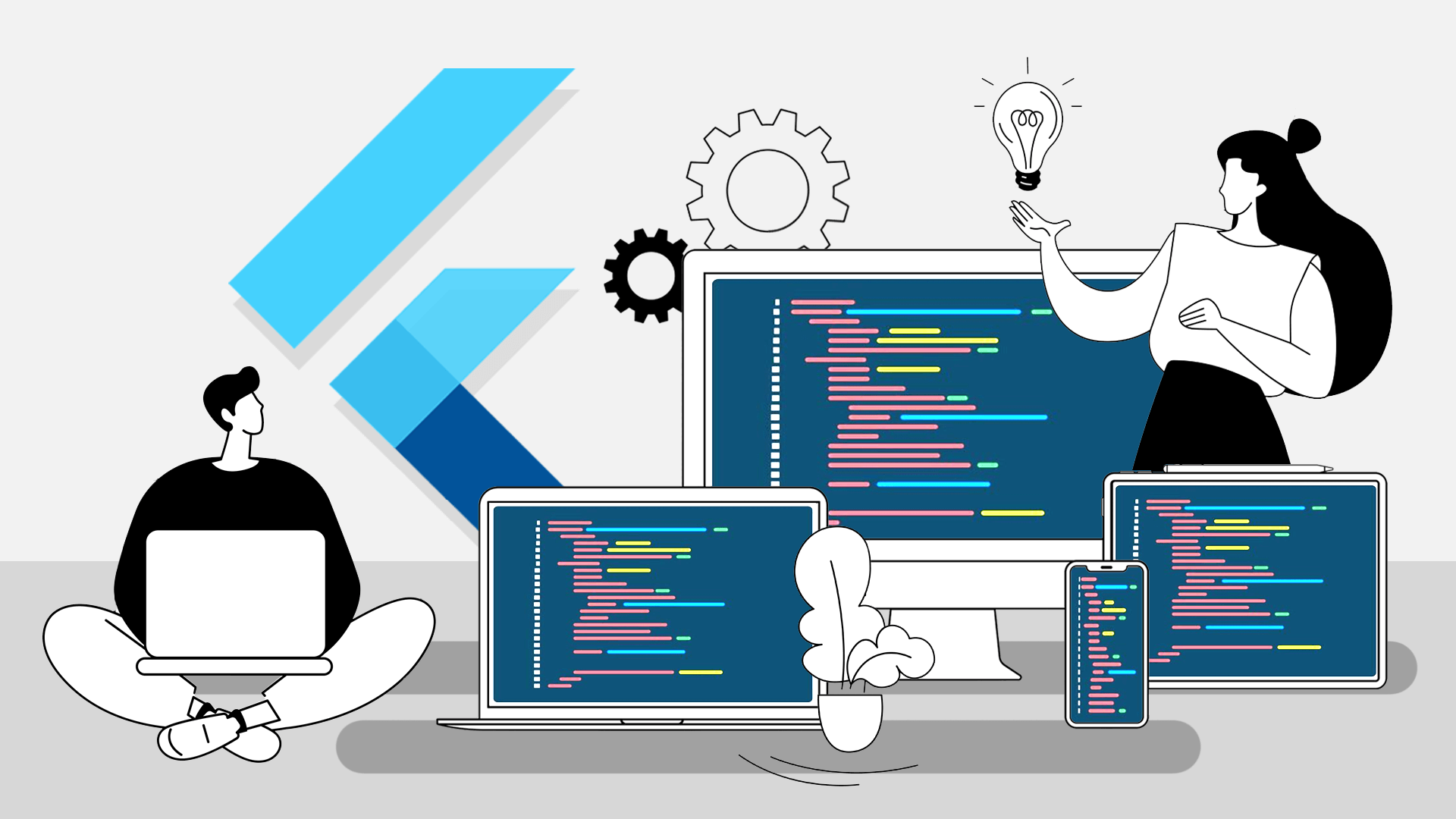
The trends continue to demand for mobile apps in the most progress-filled world where the speed of digital is much higher as we know it. All the same, targeting many platforms can be a difficult endeavor for the developer. This is where cross-platform development comes into its own, providing one convenient way of developing applications that operate effortlessly on a range of devices and systems.
As a result, cross-platform development has come up as a revolution in this landscape allowing developers to write a code only once and deploy it on iOS, Android and even to the web. This strategy not only minimizes both time and money but also guarantees similar user interactions for every device on the market.
Flutter, a Google's open-source UI toolkit that builds natively compiled apps for mobile, web and desktop all from a single codebase comes in. It has witnessed unprecedented growth and is massively beloved by developers for the speed of its development cycles, for its beautiful and dynamic UI, and because it is natively performant. Flutter offers what you need– whether you are a seasoned developer looking to simplify your workflow in developing an app or a business that is aiming to meet a larger audience through an app.
In this complete guide, we will cover everything related to flutter for cross-platform development. We begin with handholding you through the basics, such as creating your development area and comprehending Flutter’s blocks. Product development, UI creation, testing, debugging and deployment are more advanced topics we will also discuss.
One by one, we’ll discuss major cross-platform development issues, shed light on the most obscure aspects of Flutter and deliver some useful tips on how to really profit from it.
Therefore, close your seat belts and get ready as we are entering the Flutter development world, a promising world ahead. Flutter development guide will become clear by the end of this guide, not only will you understand cross-platform development more deeply, but you will also learn how to start Flutter projects confidently and easily. Let's dive in!
Understanding Cross-Platform Development
It appears that cross-platform development has become a game-changer in the app development field, providing a more systematic process of assembling programs in the mobile technologies, which work properly on iOS, Android, and web. It is different from native app development where the developers of traditional native apps have to create different codebases for the various platforms involved, cross-platform development makes this possible by writing once and deploying across other platforms thus saving time and effort.
Benefits of Cross-Platform Development
- Code Reusability: Developers can write a codebase that applies to all the platforms in which the applications are to operate when using cross-platform development frameworks like Flutter; therefore, there is no need to write platform-specific code from scratch.
- Faster Time-to-Market: By using the cross platform approach development teams can shorten the app development timeframe, thus allowing firms to quickly penetrate the market and become a leader.
- Cost Efficiency: For cross-platform development the code is written once and deployed across all the platforms and this saves businesses on development costs versus building separate native apps per platform.
- Consistent User Experience: Cross-platforming frameworks have pre-embedded UI components and design patterns, making a standard user interface experienced across different platforms, increase a brand continuity and a user’s satisfaction.
Comparison with Native App Development
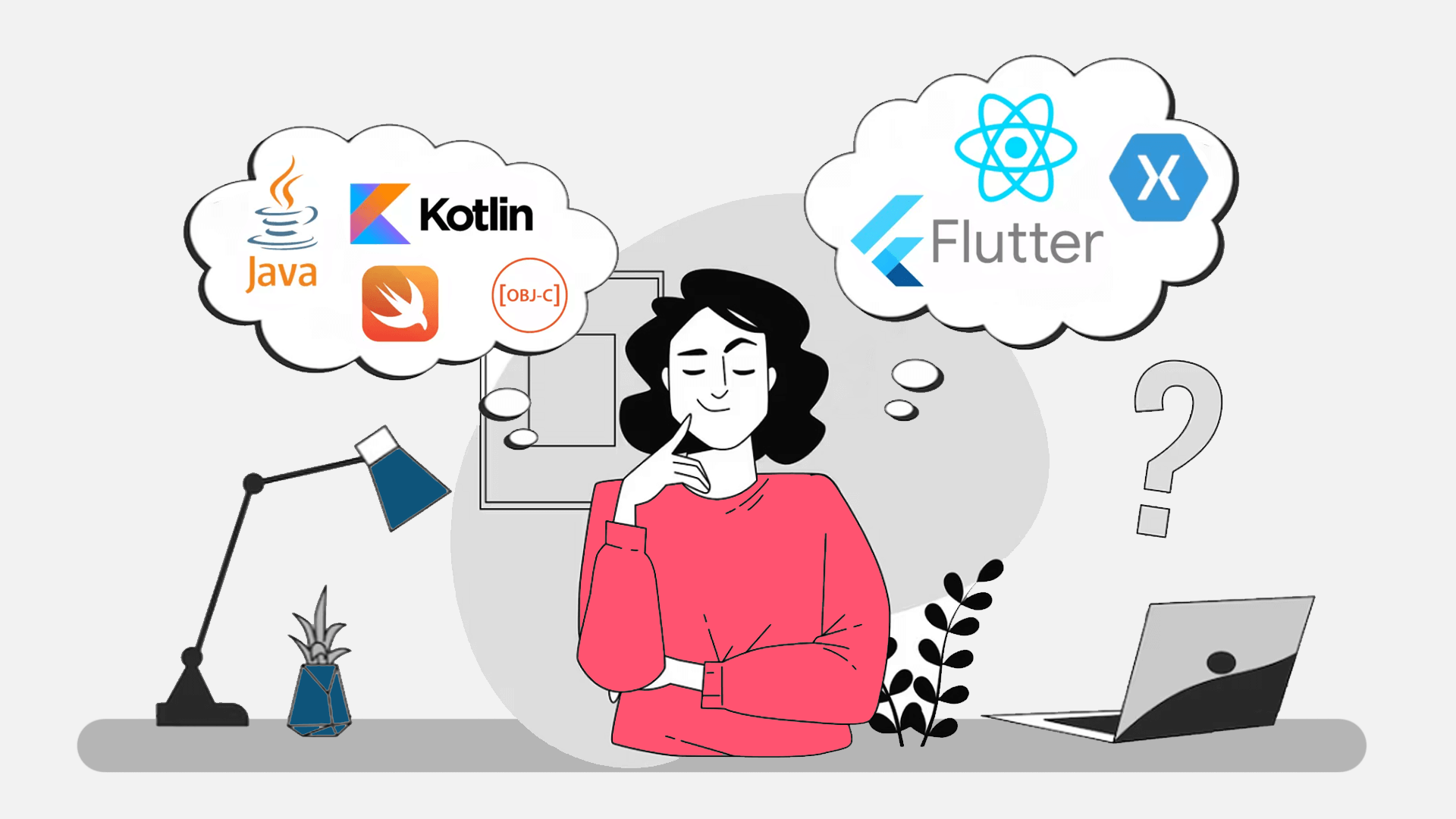
Flutter is the most widely documented across- platform Mobile framework used by the global developers as shown by the 2022 developer Survey. According to the survey, Flutter was used by 46% of software developers. This is the correct answer from Microsoft. Scholarnatively speaking, in gist about an average of 30% mobile developers use cross platform technologies or frameworks while the rest of the mobile development framework simply use native tools.
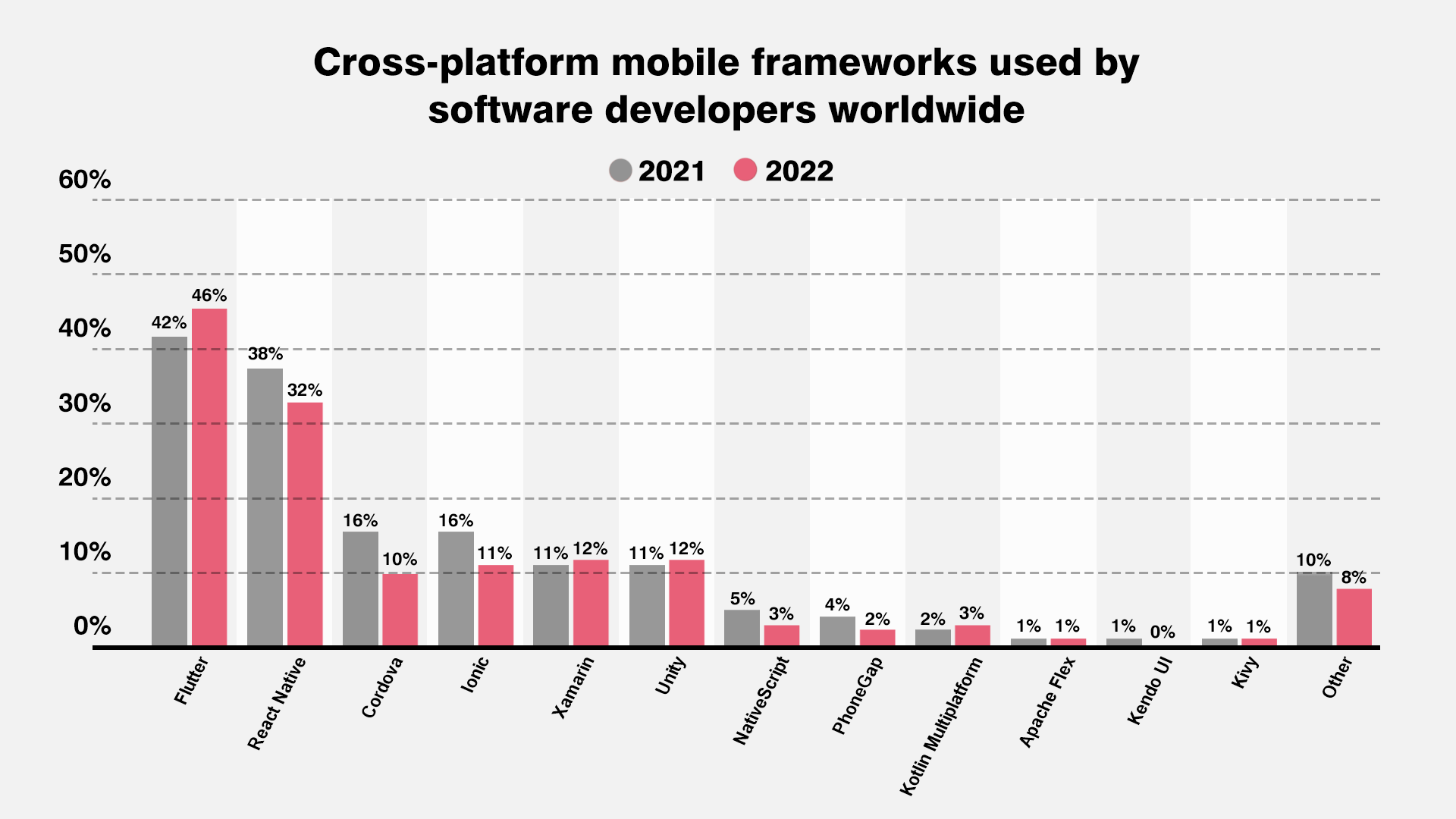
The native app development implies developing separate codebases for iOS and Android, while a unified approach is provided in cross-platform development where developers write code once and deploy across multiple platforms. This table summarizes the key differences:
| Aspect | Cross-Platform Development | Native App Development |
|---|---|---|
| Codebase | Single codebase for multiple platforms | Separate codebases for iOS and Android |
| Development Tools | Utilizes frameworks like Flutter, React Native, Xamarin | Platform-specific languages and tools (Swift/Objective-C for iOS, Java/Kotlin for Android) |
| Performance | Generally good performance, but may have limitations compared to native apps | Optimized performance tailored to each platform |
| User Experience | Consistent UI/UX across platforms | Platform-specific UI/UX, potentially offering more polished experiences |
| Development Time | Faster development due to code reuse and unified development environment | Longer development time required for building and maintaining separate codebases |
| Ecosystem Support | Growing ecosystem with community support and third-party libraries | Mature ecosystems with extensive tooling and resources for platform-specific development |
Challenges and Solutions in Cross-Platform Development
Cross-platform development presents its own set of challenges, including
- Performance: Achieving maximum performance in one as well as in all the other platforms turns out to be a tough task because there are differences in the hardware and software used in the other platforms.
- Platform Limitations: It may initially be difficult to implement some of the platform-dependent features or it may be necessary to make them available.
- UI/UX Consistency: It is difficult to show consistency in UI/ UX across the platforms when they are also in compliance to the given guidelines of the specific platform design.
However, these challenges can be mitigated with the following solutions:
- Optimized Code: Performing the best practices and performance improvement methods for optimizing app performance.
- Platform-Specific Modules: Using platform channels and plug-ins as appropriate to access native functionality.
- UI/UX Guidelines: Designing according to principles and exploiting the UI components which adjust to the conventions of each platform to achieve uniformity in the UX.
It is only through understanding the challenges related to cross-platform development and finding ways to overcome them that developers are able to use cross-platform development techniques to develop better mobile applications which are well performing and efficient.
Introduction to Flutter
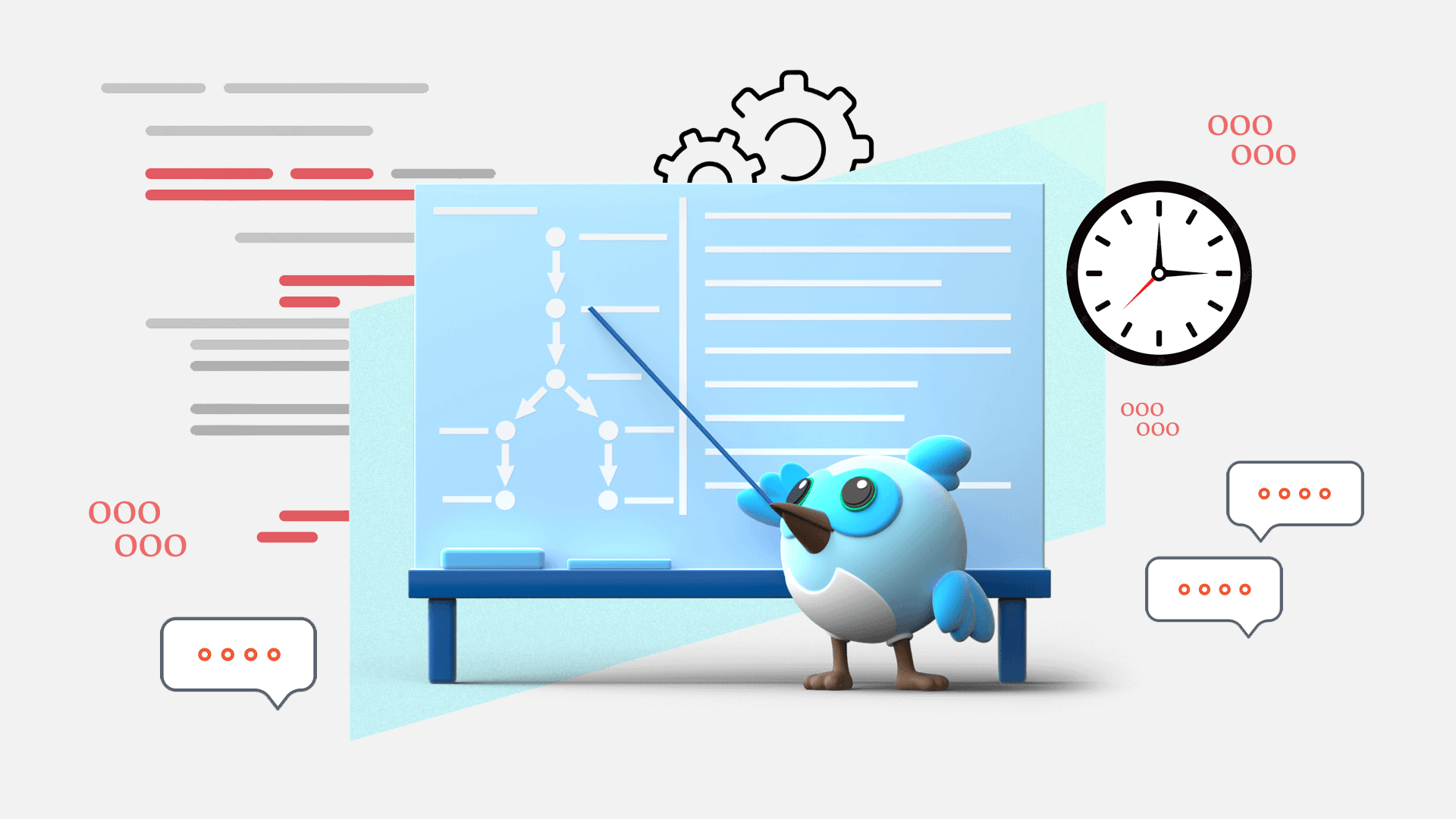
Cross Platform app development has taken a new turn with Flutter, a creation of Google used in the development of a wide range of well-designed and robust applications all meant to serve on different operating platforms. In this part, we will discuss what Flutter is, examine its history and background, and focus on its main characteristics and benefits.
What is Flutter?
Flutter is an open-source UI SDK that will enable developers to create natively compiled applications for mobile, web, and desktop devices using a single codebase. Flutter is a new platform, introduced by Google in 2017, whose growth has accelerated at a rate unprecedented by the nature of its drastic changes in the design of sweater mind, which quickly gained popularity among developers around the world as a tool providing the opportunity to create mobile applications with user interfaces.
History and Background
Flutter has its roots in Sky - a Google funded project begun in 2015. It was Sky’s objective to develop a UI framework that is portable for creating applications on various devices. Being subsequently developed into what we know today as the Flutter, officially announced at the Dart Developer’s Summit in 2017.
Flutter took off with its stable release in December 2018 since then a line of updates and improved features made it the preferred option for the cross-platform development. Typescript popularity increased sharply with an especially common number that continued improvements in the tooling and documentation hyperactivity and acceptance by tech companies and startups alike.
Key Features and Advantages
Flutter boasts a rich set of features and advantages that set it apart from other frameworks:
- Fast Development: When developers make changes to their code the code changes are viewed as instantaneously in Flutter as developers use Flutter hot reload feature which can significantly reduce the time developers take to develop a program.
- Expressive UI: What is perhaps the most important feature of Flutter is its collection of customizable widgets that allow developers to develop multidimensional interfaces with no difficulties at all.
- Single Codebase: Cross-platform development, a Flutter feature, helps developers write code once and deploy it on various platforms without compromising differences that minimizes development costs.
- High Performance: Flutter’s code is compiled directly over the hardware of the device and hence, leads to smoother animation, fast rendering and optimum performance.
- Native-like Experience: Notably, on each platform, Flutter apps seem native, mainly because of its use of platform-specific widgets and design principles.
- Open Source: Driven by the collaborative innovativeness of the developer community, Flutter is an open-source software, borne out of contributions from Google, alongside the wider community.
Having all the features stated as outlined above, Flutter is the best solution to create highly functional cross-platform applications as it lets developers develop a single code base that runs smoothly on different devices and operating systems.
Cross-Platform Development with Flutter
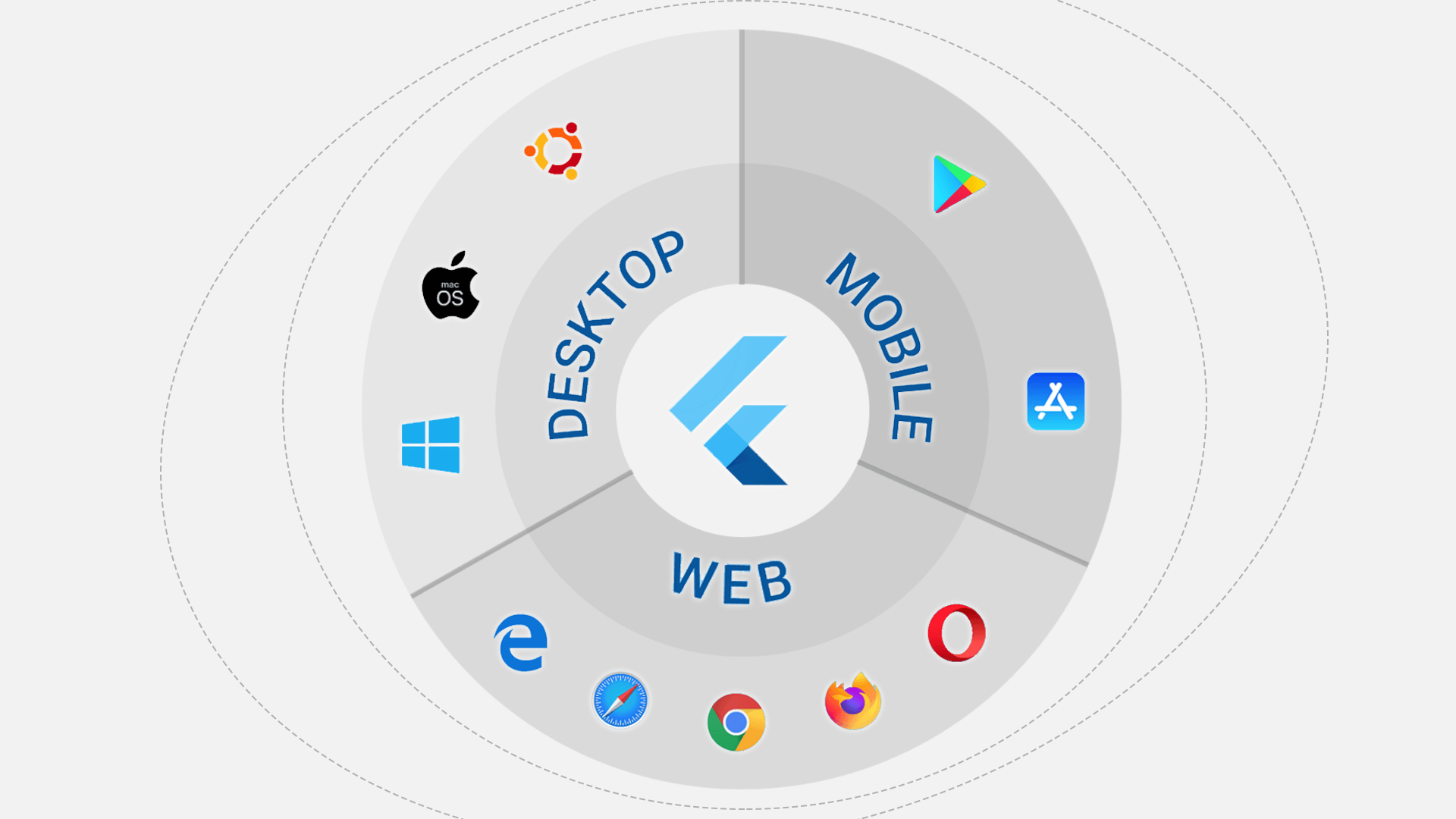
One of the most popular trends in terms is a cross-platform development, which can be viewed as an effective solution for business, allowing to avoid problems with building applications that would run well on several platforms. Cross-platform development comprises writing code once and deploying it on different platforms like ios, android thus saving time as well resources while maintaining a consistent user experience.
Flutter, created by Google, has become one of the main frameworks for cross platform development which provides an innovative set of tools to create mobile web and desktop applications with a single code base. It is high time we looked into how Flutter enables cross-platform development and compared it with the benefits of other frameworks.
Facilitating Cross-Platform Development
Flutter simplifies cross-platform development through several key features:
- Single Codebase: With Flutter, developers develop their code once and deploy it on several platforms at a time thus eliminating the need to have separate codes for every platform. This drastically minimizes the time and energy required for development, thus leaving developers to concentrate on developing features as well functions instead of dealing with codes that are specific to platforms.
- Unified UI Framework: Flutter provides a single UI framework with adequate widgets that are customizable thus helping developers develop outstanding and consistent user interface on different platforms. Be it buttons, text inputs or even the complex animations; with Flutter’s widgets developers can design and customize every little aspect of their app’ UI effortlessly.
- Hot Reload: One of the most distinctive features that Flutter has is hot reload, a feature which lets programmers see changes in their code reflected instantly on the app without having to restart it. The iterative nature of this development process helps to accelerate the debugging and iteration cycles, allowing for quick change implementation; all while ensuring that different ideas are understood in a timely manner.
- Native Performance: Flutter provides native performance through direct code compilation to machine codes, instead of implementing interpreters or virtual machines. This ensures quick startup responses, smooth animations and highly responsive user interfaces which in turn provide native feel on different operating systems.
Advantages of Flutter
Flutter offers several advantages over other cross-platform frameworks, making it a preferred choice for developers and businesses:
- Expressive UI: The architecture of the Flutter is widget based; its large collection of prebuilt widgets make it very easy to implement highly customized and beautiful user interfaces. Developers can control every pixel on the screen and build highly immersive user experiences.
- Fast Development: Faster development process can be achieved with Flutter’s hot reload as the developers see live changes in real time, saving them from using time-consuming rebakes and app restarts. This iterative development technique supports rapid iteration cycles and short time-to-market for the Flutter apps.
- Community and Ecosystem: The community of developers, designers and contributors around flutter is vibrant and proactive in creating various plugins, packages as well as resources that keep enriching the ecosystem. This large ecosystem allows developers to have access to numerous tools, libraries and resources for improving the Flutter development.
- Platform Flexibility: Flutter is not only for mobile app development but also the web and desktop platforms, enabling developers to rely on their existing skill set with this framework in order to address a wider range of devices; form factors. Such versatility allows companies to reach more people and establish themselves in several platforms.
Flutter provides novel cross-platform development by developing a powerful and versatile framework that makes the establishment process, performs native performance and allows developers to create charming user interfaces on multiple platforms. With a wide range of features and benefits, Flutter has emerged as the preferred option for developers and companies aiming to develop quality cross-platform apps.
Advanced Topics in Flutter Development
With the acquisition of Flutter proficiency, developers tend to get into more sophisticated topics in order for their apps to become better. We will look further into some advanced topics of Flutter development such as state management, animations and platform-specific integrations along with the good experience in dealing with complicated situations.
State Management
State management is an essential part of Flutter app development, particularly for data and UI updates in a controlled way. Flutter offers various approaches to state management, including:
- Provider: A widely used state management tool that uses Flutter’s native InheritedWidget to propagate changes through the widget tree effectively.
- Bloc Pattern: In accordance with the principle of reactive programming, Bloc pattern isolates business logic from UI components allowing one to deal with intricate state transitions much more effortlessly and effectively.
- Redux: Redux in Flutter is based on the architecture of data flow principles inspired by the famous Redux library from the JavaScript ecosystem, and gives a predictable centralized way for managing state.
Animations
Animation provides a critical contribution to the user experience of Flutter apps by giving them pizzazz and interactivity in UI components. Flutter provides various options for creating animations, including:
- Implicit Animations: Basic animations which self-interpolate between two values for a given duration, like automatic interpolation of AnimatedContainer and AnimatedOpacity.
- Explicit Animations: Custom animations that give precise control over the progress and behavior of animation based on AnimationController and Tween.
- Hero Animations: The transitions between UI elements on various screens forming an ideal visually appealing environment for the users.
Platform-Specific Integrations
Flutter apps usually need to work with platform’s native features and APIs in order to deliver a truly native environment on each of the supported platforms. Flutter facilitates platform-specific integrations through:
- Platform Channels: Enables communication between Flutter and platform-specific code written in Java/Kotlin (for Android) or Swift /Objective -C( for iOS), allowing using native functionality and APIs.
- Plugins: A large plugin ecosystem, developed by the Flutter community and third-party vendors that provides out of box solutions for integrating platform specific functionality like camera, location etc.
- Platform Views: The integration of native UI components into the Flutter platform’s hierarchy via PlatformView and PlatformViewLink, while embedding those specific views within Flutter apps.
Best Practices and Recommended Approaches
When dealing with advanced topics in Flutter development, it's essential to follow best practices to ensure maintainability, performance, and scalability:
- Separation of Concerns: Business logic should not be mixed with UI components, thus making the code readable and maintainable.
- Code Modularization: Decompose the app into reusable modules to increase code reuse and simplify testing.
- Performance Optimization: Apply methods and tools including memorization, lazy loading as well as widget caching to make improvements on performance level of the app for lower utilizations.
- Testing and Debugging: Carry out comprehensive unit, integration and widget tests to ensure that the app is stable including reliability in addition use Flutter’s debugging tools for effective diagnosis and fixing of issues.
By understanding and applying these complex topics effectively, best practices can be adhered to build sturdy applications capable of delivering superior user experiences across different platforms.
Flutter App Development Services by Addevice
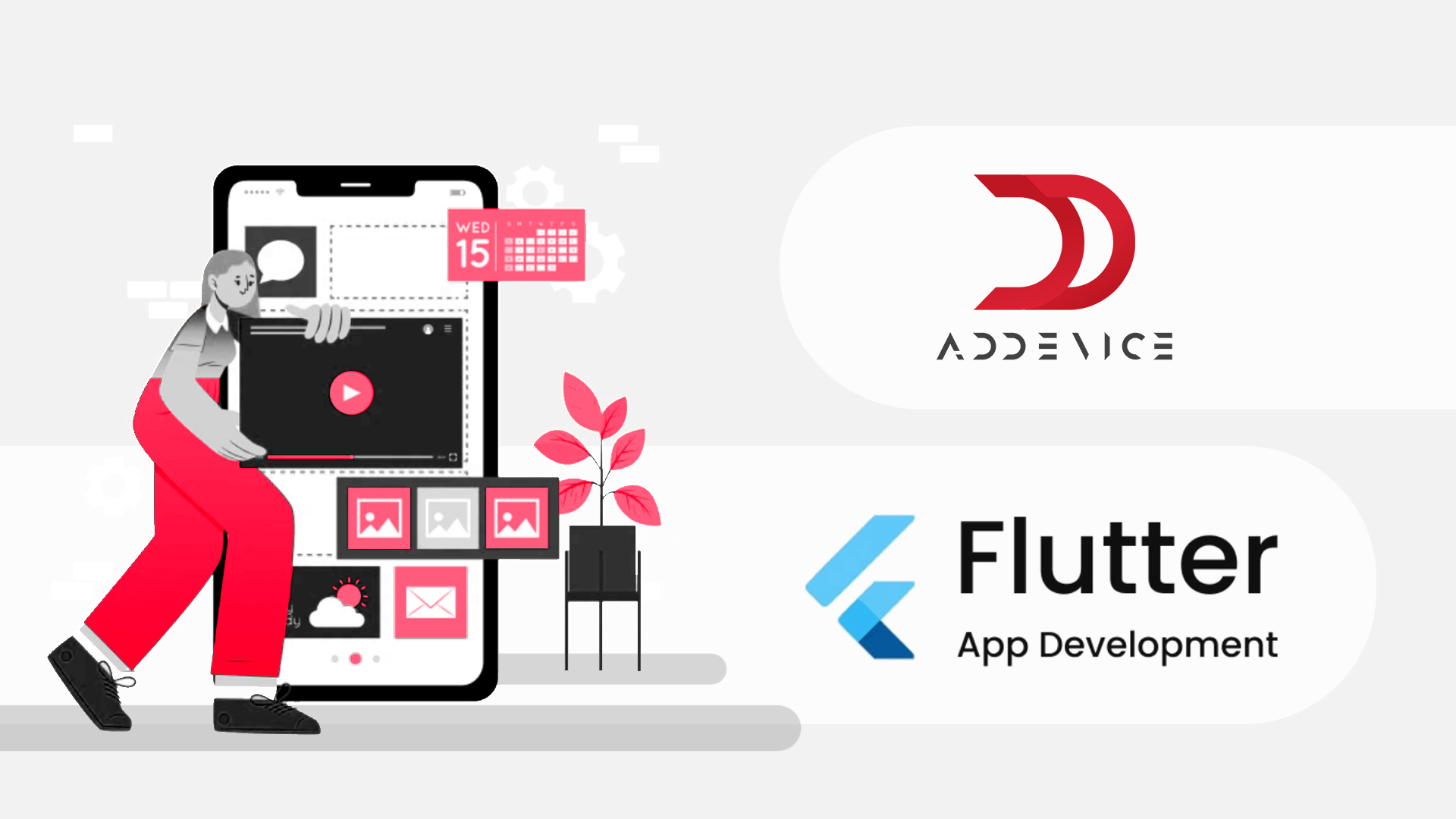
We specialize in the use of Flutter as a powerful tool for developing outstanding and client-specific mobile applications at Addevice. We provide a wide range of services with our knowledge in Flutter development to present outstanding solutions that meet individual business requirements.
Addevice's expertise in Flutter development
Addevice is a software development company that is known for its expertise in advanced technologies and high quality solutions. With a pool of experienced developers and designers, we have become specialists in Flutter app development serving clients operating across an array of market domains.
A passion for innovation and constant pursuit of perfection motivates us to go beyond the limits set in mobile app development, offering our clients solutions above their expectations.
- Custom Flutter App Development: We are experts in creating custom Flutter applications which addresses the specific needs and goals of each individual company. Our developers bring years of experience to the table and are always ready to collaborate with clients on every aspect in order for them to get fully customized solutions that meet their unique needs.
- Flutter UI/UX Design: We hold that superb user experience is the key to every mobile app success. Our creative UI/UX designers draw on the strengths of Flutter in order to develop effective UIs that engage users and increase usability.
- Flutter App Migration and Porting Services: However, if you already have mobile applications developed on other platforms and are looking for a way to migrate them to Flutter we got your back. Our migration and porting services guarantee an easy transition to Flutter whereby our customer can enjoy the benefits offered by this platform without affecting function or user experience.
- Flutter App Maintenance and Support: We care about client satisfaction and do not stop with the development phase. To make sure that your Flutter app remains efficient, scalable and cutting-edge with the newest technologies companies use today we offer continuous maintenance and support services.
- Integration of Third-Party APIs and Services: We enable additional features for Flutter applications through the smooth integration of third-party APIs and services like payment gateways, social media, etc. This allows our customers to provide improved features and functionality for their users, keeping them engaged.
Case Study: Elevating Guest Services with TryLocall
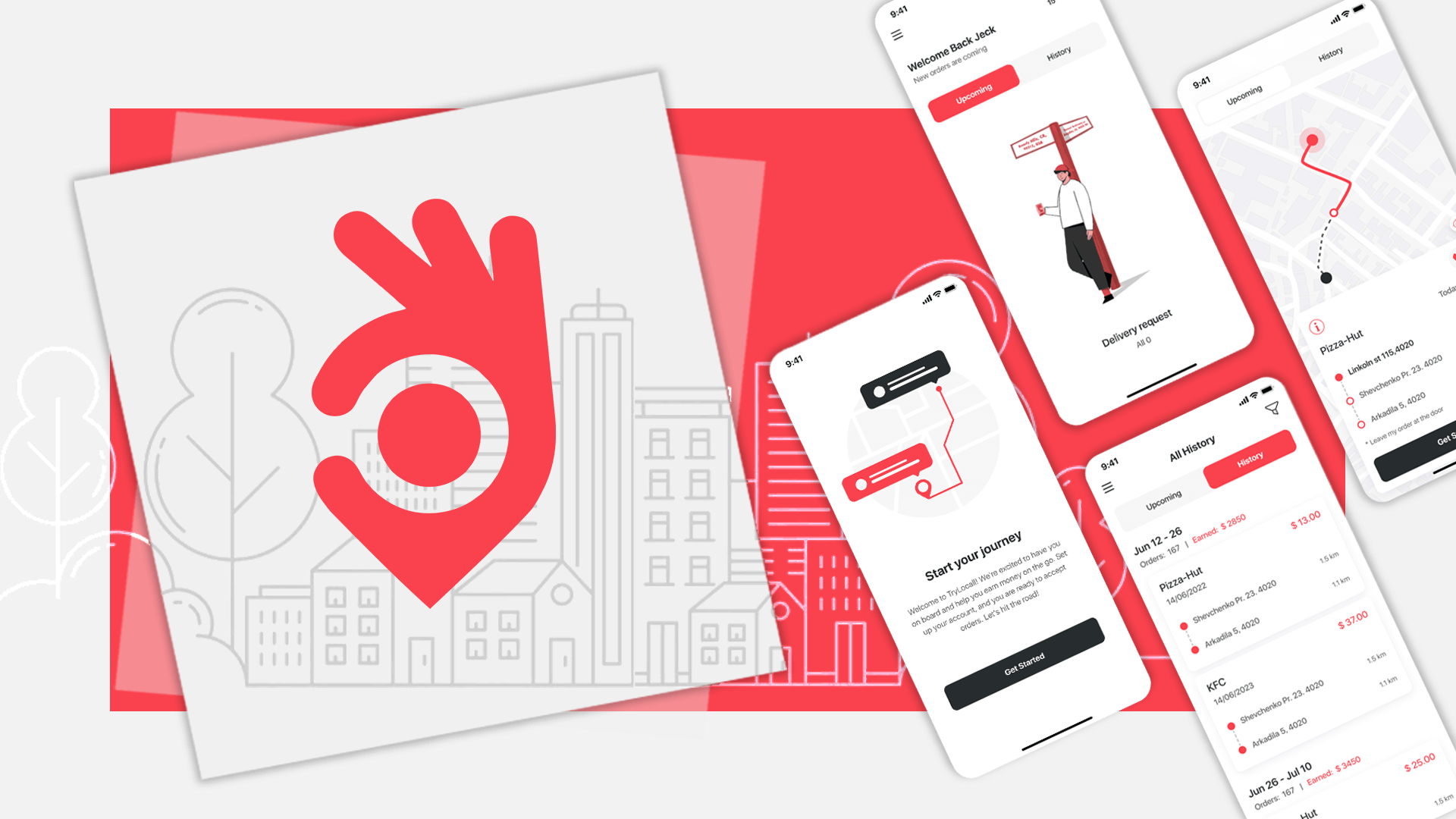
Addevice had the honor to work with TryLocall, an industry leader in providing guest services solutions for hotels and short-term rentals. In an attempt to change the guest experience by providing a one-stop platform that allows easy access to various services, TryLocall approached Addevice with this mandate.
Project Overview
As for the mission, Addevice started to create a mobile application based on Flutter – an innovative solution that was set out to completely transform guest services in hospitality. The objective was to build a single platform which effortlessly integrates numerous services including food delivery and entertainment for improved guest satisfaction.
Challenges Faced
Addevice faced many challenges during the project that need creative approaches.These challenges included:
- Handling Diverse Guest Needs: Because of this, Addevice was faced with the challenge to ensure that there were different parameters with regards to guest preferences or requirements.
- Ensuring Property Standards: A major challenge that ensued was to ensure consistency in quality and standards across various properties as well as accommodation type.
- Customizing Guest Experiences: Addevice sought to offer unique experiences for every guest, necessitating enhanced customization functionality.
- Challenges in Food Delivery: The integration of the food delivery services smoothly into the platform along with timely and accurate deliveries was a major obstacle.
- Payment and Refund Issues: Addevice had to develop solid payment and refund processes, as well as services that would enable easy transactions and customer satisfaction.
Addevice's Solution
Addevice attempted each obstacle by determination and imagination, finally creating a strong as well as function rich Flutter app that defeated customer needs. The solution offered by Addevice included:
- Unified Guest Experience: The Flutter application gave guests a coherent space to get services ranging from transportation, food and even air tickets while staying comfortably at their accommodation.
- Multilingual Support: Addevice established multilingual support to ensure that guests from diverse backgrounds had accessibility.
- Categories Management: Guests could easily sort services by categories making the search process a much simpler operation.
- Group Ordering: Addevice made it easy for guests staying in groups or with more than one card to place group orders.
- Order Tracking and History: Guests could follow updates on their orders and retrieve an order history to increase transparency and convenience.
Results Achieved
Addevice's collaboration with TryLocall resulted in remarkable outcomes, including
- Enhanced Guest Satisfaction: The Flutter app increased the satisfaction rates of overall guest experience by a substantial amount.
- Consistent and Reliable Services: This would ensure that guests could depend on the platform not just for seamless services but also timely ones to improve their stay.
- Tailored Experiences: Addevice’s solution enabled personalized experiences based on the preferences of every guest.
- Efficient and On-Time Deliveries: The incorporation of the food delivery services guaranteed prompt and timely deliveries thereby improving convenience for guests.
- Smooth and Secure Transactions: Addevice deployed strong payment systems which ensured smooth and safe payments for the customers.
The partnership between Addevice and TryLocall is an illustration of how Flutter development can impact hospitality. Meeting challenges and applying innovative solutions, Addevice brought out a modern platform with guest experience redefinitions setting the new standards for comfortability, productivity and satisfaction.
Conclusion
To summarize, Flutter is one of the most flexible and capable frameworks for cross-platform app development designed to provide developers with tools that will allow them to create applications optimized for multiple platforms. In this guide, we have discussed the basics of Flutter development, went into more complex topics and offered tips on improving app performance.
Are you thinking about Flutter to develop cross-platform apps? If yes, then Addevice is here for your aid. As a foremost Flutter app development company, we pride ourselves on providing unparalleled quality in the field of Flutters and specialize each fluter to your needs. Be it a startup trying to reach the world with your first app or an established enterprise looking for ways to grow its digital footprint, our team of dedicated developers and designers welcomes you as we work towards success together.
Based on our experience in Flutter development and a long list of successful projects behind us, we are sure that with your vision realization as the result of having developed an advanced application far beyond expectations. Reach out to us today for more information on how Addevice can support you in achieving your cross-platform app development goals using Flutter. Where to network and let’s start our journey together in building something unique.
Read also Top 10 Flutter App Development Companies in the USA.
Unlock the Power of Cross-Platform Development with Flutter
Discover how Flutter revolutionizes cross-platform development, enabling you to craft stunning mobile with ease.
🚀 Supercharged performance
🎨 Beautiful, native-like interfaces
🛠️ Seamless integration & rapid development
FAQ
The technology uses a different approach, which is referred to as the “UI Code” paradigm that has the UI fully described using code rather than platform-specific markup languages such as XML (as in Android) or JSX (as in React Native). This leads to a more uniform and distinct UI across platforms, providing greater flexibility/ control for developers.
Yes, it is ideal for constructing elaborate and feature-rich applications owing to the availability of numerous built-in widgets as well as support for custom UI components alongside strong state management solutions. Some of the large-scale apps that have successfully been developed using Flutter include Google Ads, Alibaba and Reflectly.
However, Flutter offers a number of options for incorporating platform-specific features into your app ranging from the mechanisms such as platform channels provided to allow communicating with native code through plugins that enable accessing device capabilities and APIs up to widgets and APIs at finer granularity level providing control over behavior specific to particular platforms.
The most effective performance optimization practices for Flutter apps involve limiting widget rebuilds, appropriately handling the application state, optimizing UI rendering speed via lazy loading and code splitting as well as image assets. Furthermore, the use of various tools such as Dart DevTools and Flutter Performance Monitor for profiling and debugging will aid in pinpointing performance bottlenecks.
Starting with Flutter is no sweat. You can start by installing the Flutter SDK, configuring your development environment and creating a first project using flutter create command. The materials are all over the place, including official documentation, tutorials and community forums that will help anyone to learn Flutter in no time and start building great applications.
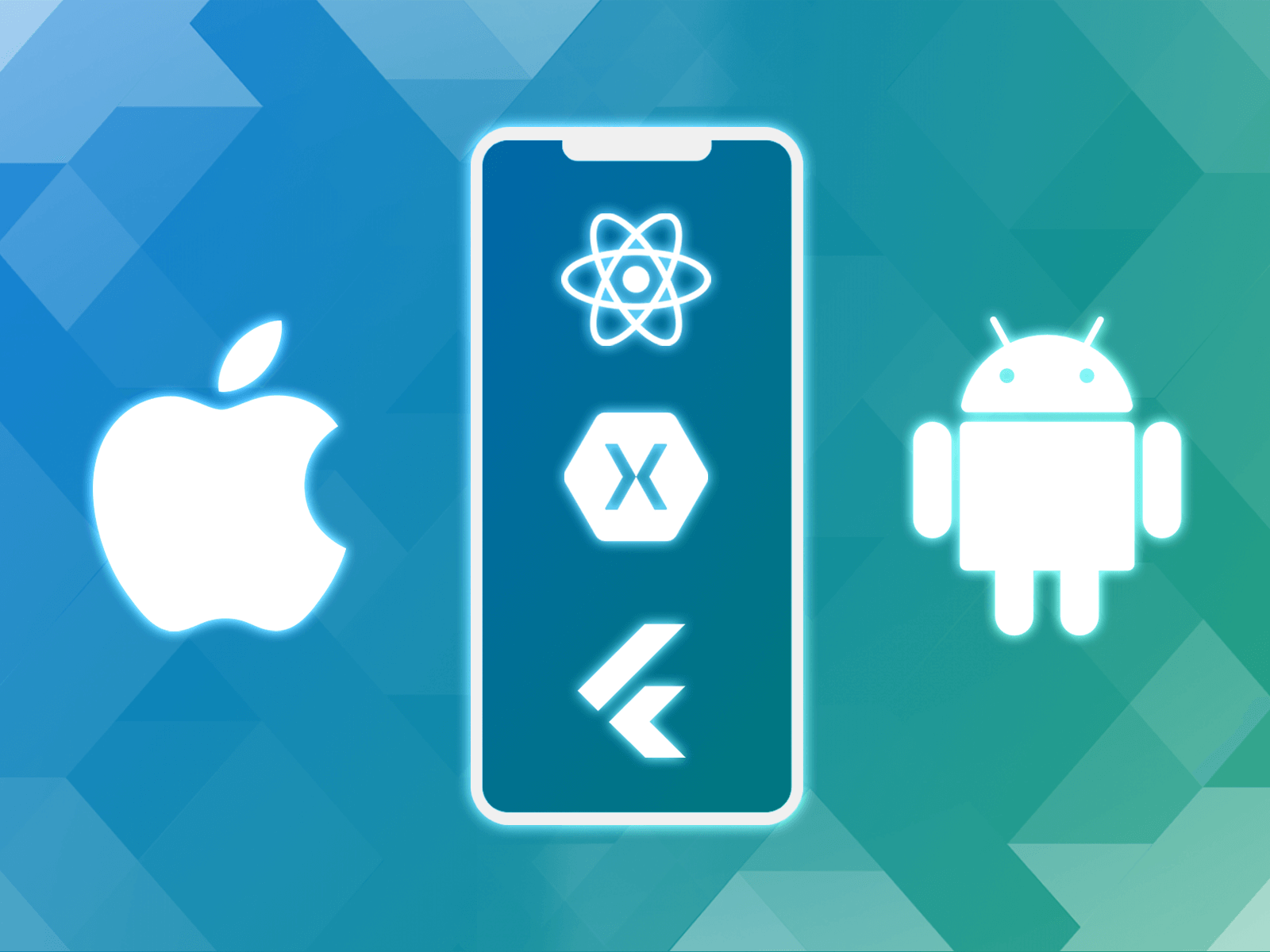 What is Cross Platform App Development?
What is Cross Platform App Development?